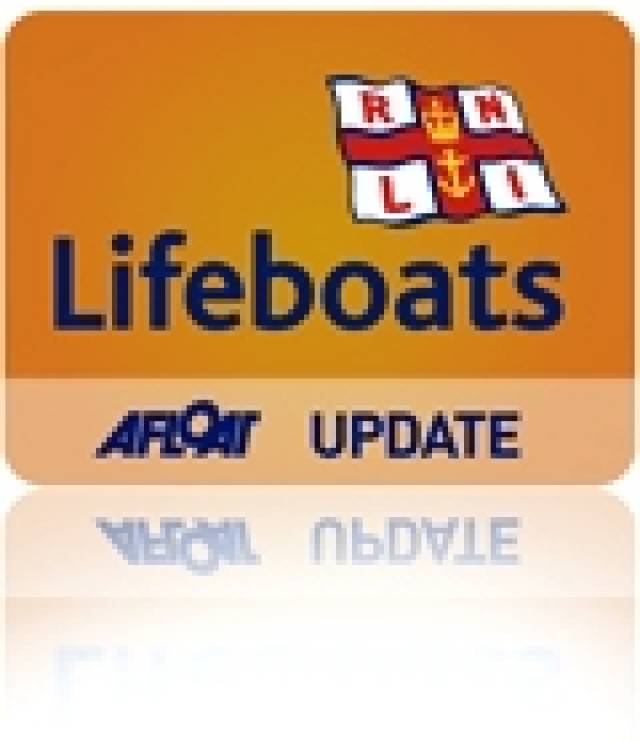#rnli – There was a tragic end to an afternoon sail for a father and son in an Enterprise sailing dinghy in West Cork yesterday. As reported earlier on Afloat.ie the Castletownbere lifeboat was launched shortly after 9.30pm on Monday night to search for a man who was reported by his son to be clinging to an upturned boat. The son had managed to make his way ashore after spending four hours clinging to the boat with his father.
Castletownbere RNLI was involved in the subsequent search and recovery for the man in the early hours of this morning (Tuesday). A search at sea and along the shore continued all last evening in good weather conditions and at about ten past one in the morning, the casualty was spotted by a helicopter in a place known locally as Cod's Head. He was recovered by the Derrynane inshore boat to the Castletownbere lifeboat and brought to Castletownbere.
Sadly the man did not survive his ordeal and Lifeboat spokesman Paul Stevensl extended his sympathy on behalf of Castletownbere RNLI to the family of the deceased who has been named locally as John O'Leary from Allihies.
Early yesterday evening it is understood that the father and his teenage son went sailing in a small dingy off Allihies in West Cork and shortly after that the boat capsized. Both hung on to the upturned craft for approximately four hours where upon the teenage son made his way ashore and raised the alarm.
Stevens said the whole Beara Pennisula would be shocked by the loss: 'The Beara Pennisula is waking up this morning with a huge sense of shock. It's no stranger to this sort of tragedy sadly. However, every time an incident like this occurs, of course it has great impact on many people in what is really a very small tight knit community. Moreover, this week is festival week in the village of Allihes where John was from, so this sad tragedy will in the midst of the people of Allihes have changed the mood locally to one of great sadness and great sense of loss'.
































































